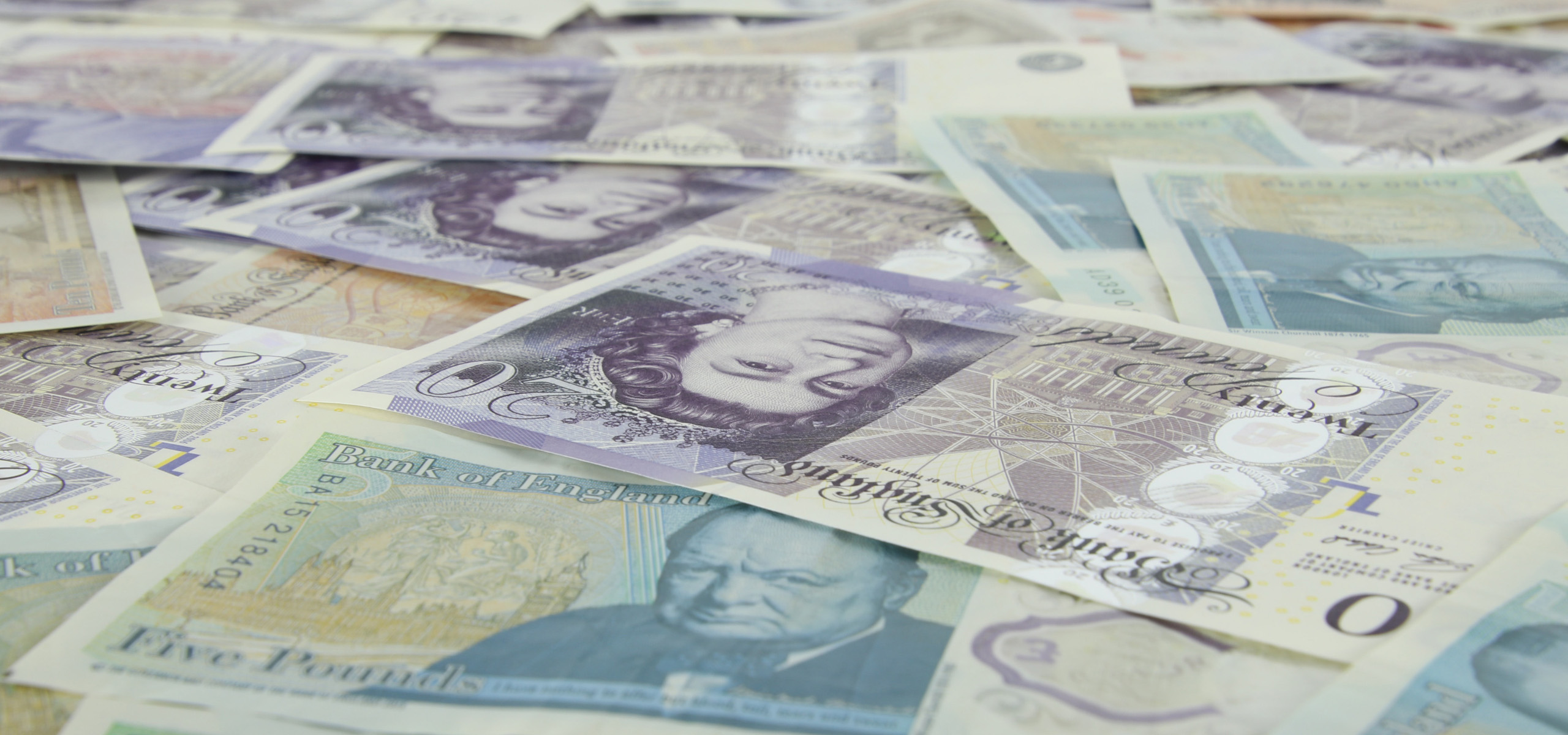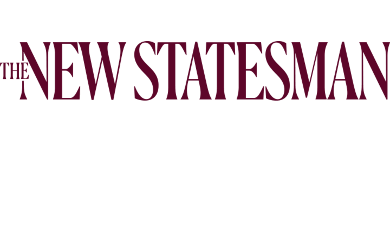Too High a Price?

The cost of Brexit – what the public thinks
New analysis lays bare the truth behind claims of a “Brexit dividend”: every possible scenario – including a “bespoke deal” – will leave Britain poorer and cost taxpayers hundreds of millions of pounds per week.
Polling commissioned by Global Future shows that voters, including those who backed Brexit, fear that leaving the EU will come at “too high a price”. When asked to choose one of four different Brexit options, even those who voted Leave in 2016 now support a deal that would most resemble being part of the EU, with continued membership of the Single Market and free movement of people.
Part One: The Analysis
We reveal the reduction in money available for public services of four Brexit scenarios. It is based on the Government’s own comprehensive assessment of the impact of Brexit and includes both the direct and indirect costs and benefits of Brexit to the public finances (including savings against existing EU budget contributions).
The government’s analysis does not give a costing of its preferred model. However, the Prime Minister’s recent Mansion House speech – setting out more detail on her ‘bespoke deal’ – allows us to assess its likely net fiscal impact, based on the government’s costing of other models and its breakdown of the component features of those models which set out the costs and benefits of each one.
Based on government estimates, in the long term the Brexit scenarios below would cut the amount of money available for spending on public services by the equivalent of the following:
- EEA model: £260m per week (equivalent to about 9% of what we currently spend on the NHS).
- FTA model: £875m per week (equivalent to about 31% of what we currently spend on the NHS).
- WTO model: £1.25bn per week (equivalent to about 44% of what we currently spend on the NHS).
- Government preferred bespoke model: £615 million per week (equivalent to about 22% of what we currently spend on the NHS).
Part Two: New Polling
Global Future, working with Populus, then asked the public how they felt about the four deals we analyse. In particular we asked whether they thought the overall cost of each deal represented ‘too high a price’ to leave the EU. In addition, we asked Leave voters whether each deal represented a deal that was as good or better than they had hoped for when casting their vote, or worse. In both cases the results were emphatic:
- Leavers and the public at large reject every Brexit deal modelled by government, and ministers’ own preferred scenario (EEA, FTA, WTO, a bespoke deal), as Too High a Price to leave the EU by enormous majorities.
- The vast majority of Leavers regard each deal as worse than they had hoped when voting to Leave the EU.
- Finally, we asked voted, if forced to choose which deal they would like to leave the EU both Leavers (narrowly), and the public at large (by a significant distance), chose the EEA model (the so-called Norway option) as their preferred deal of those on the table.




